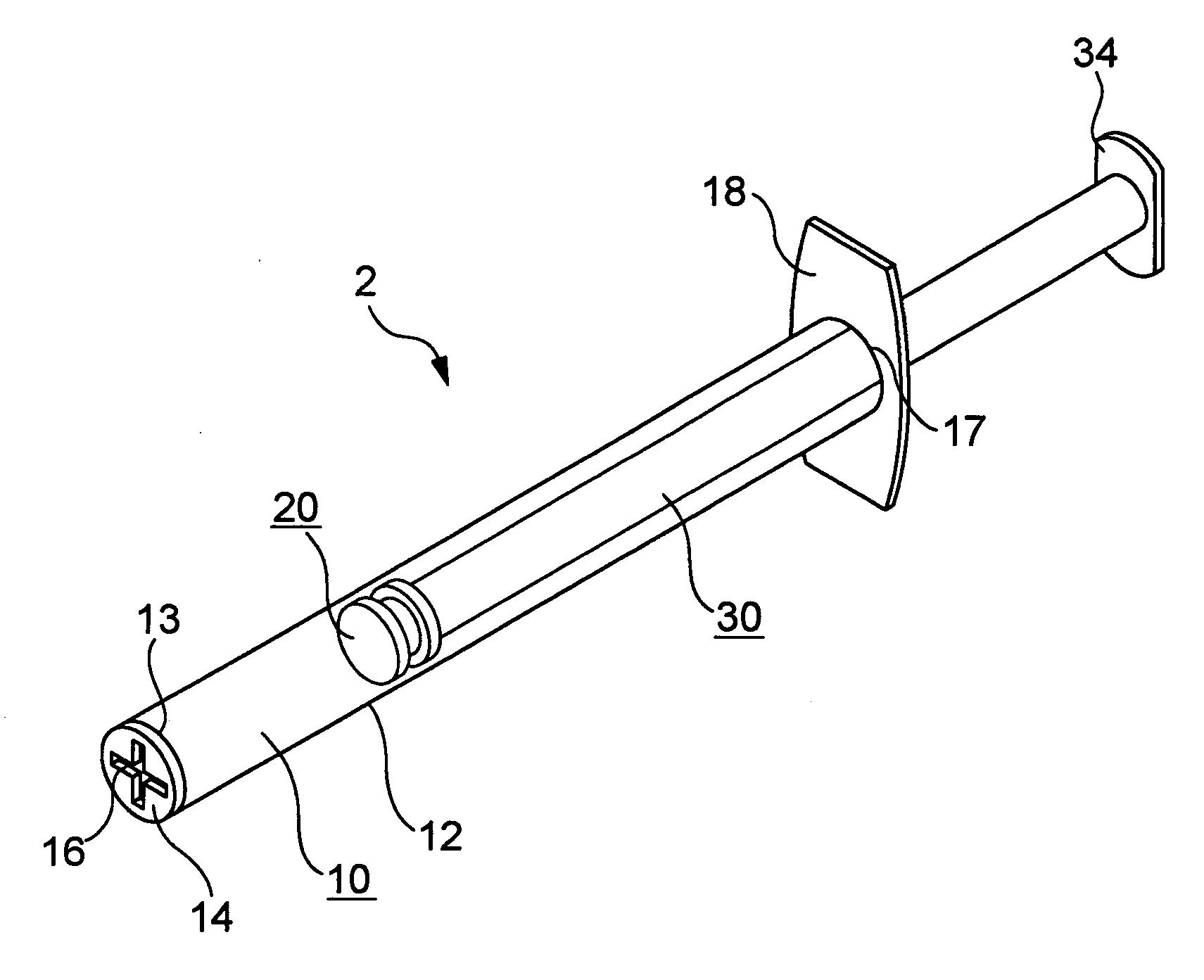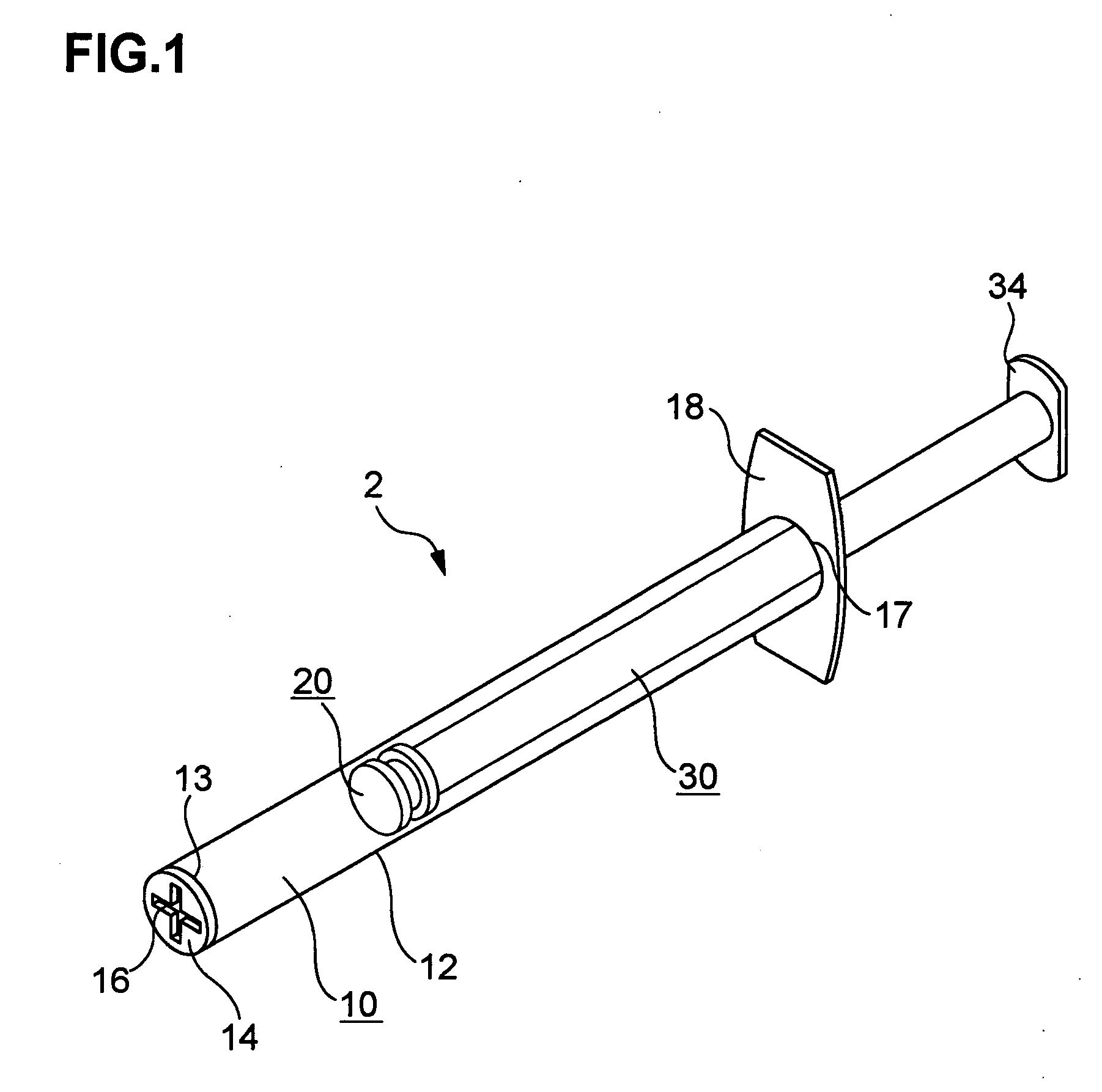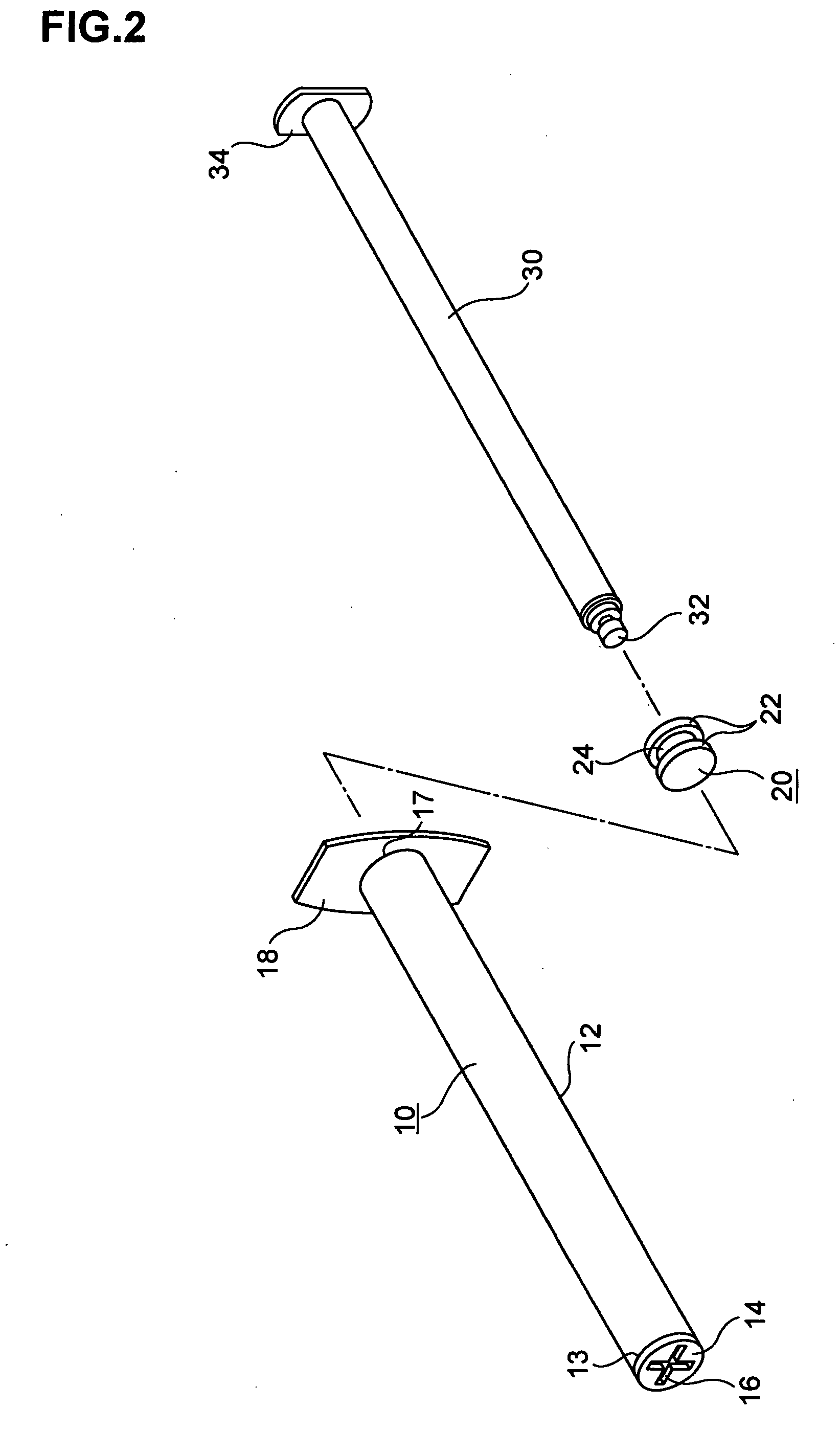Sampling Device for Viscous Sample, Homogenization Method for Sputum and Method of Detecting Microbe
a technology of viscous sample and sampling device, which is applied in the field of viscous sample sampling device, homogenization method of sputum and detection method, can solve the problems of deteriorating quantitativeness of liquid sample having a relatively high viscosity such as sputum, and the inability to discharge the entire amount of aspirated viscous sample, etc., to achieve low aspiration and discharge power, improve quantitativeness, and reduce the burden on the operator
- Summary
- Abstract
- Description
- Claims
- Application Information
AI Technical Summary
Benefits of technology
Problems solved by technology
Method used
Image
Examples
example 1
[0136]As a viscous sample resembling sputum, 8 g of pig stomach-derived mucin (manufactured by Wako Pure Chemical Industries, Ltd.) was sufficiently dissolved in 10 ml of 0.9% of sodium chloride solution to prepare 80% of mucin solution, which was used in the following procedure. As the sampling device 2 of the present invention, plate-like nozzles 14a to 14j having various types of slits (aspiration and discharge ports) 16a to 16j as shown in FIG. 3(a) to (j) were used for examining aspiration power and discharge power, respectively. The width of each slit was set to 1 mm and the volume was set to 1 ml. The testing apparatus as shown in FIG. 5 was used. FIG. 5 is a schematic explanatory diagram showing the apparatus used in measuring aspiration power and discharge power according to the present invention. FIG. 5(a) indicates the case of aspiration power and FIG. 5(b) indicates the case of discharge power. In FIGS. 5(a) and (b), symbol P represents a viscous sample, numeral 90 repre...
example 2
[0139]Using purulent sputum (P2, according to the classification of Miller & Jones) as the viscous sample and with the sampling device 2 of the present invention equipped with plate-like nozzles 14a to 14j having slits (aspiration and discharge port) of various shapes 16a to 16j as shown in FIG. 3(a) to (j), viscosity length (length of strings of a viscous sample) after aspiration and after discharge were examined. The width of each slit was set to 1 mm and the volume was set to 1 ml. The viscosity length after aspiration is determined as follows: after a predetermined amount of a viscous sample was aspirated from the container containing the viscous sample using the sampling device 2 of the present invention, the distal end of the sampling device 2 was once brought in contact with the bottom of the container and then drawn until a string of the viscous sample formed was broken. A distance from the bottom of the container to the height of the distal end of the sampling device 2 at w...
example 3
[0142]Using purulent sputum (P2, according to the classification of Miller & Jones) as the viscous sample and with the sampling device 2 of the present invention equipped with plate-like nozzles 14a to 14j having slits (aspiration and discharge port) of various shapes 16a to 16j as shown in FIG. 3(a) to (j), 500 μl each of the viscous sample was collected (aspirated and discharged in a separate container) and weight of the samples was measured. This procedure was repeated twice to determine quantitativeness of the test. The results obtained are shown in Table 3.
PUM
 Login to View More
Login to View More Abstract
Description
Claims
Application Information
 Login to View More
Login to View More - R&D
- Intellectual Property
- Life Sciences
- Materials
- Tech Scout
- Unparalleled Data Quality
- Higher Quality Content
- 60% Fewer Hallucinations
Browse by: Latest US Patents, China's latest patents, Technical Efficacy Thesaurus, Application Domain, Technology Topic, Popular Technical Reports.
© 2025 PatSnap. All rights reserved.Legal|Privacy policy|Modern Slavery Act Transparency Statement|Sitemap|About US| Contact US: help@patsnap.com



